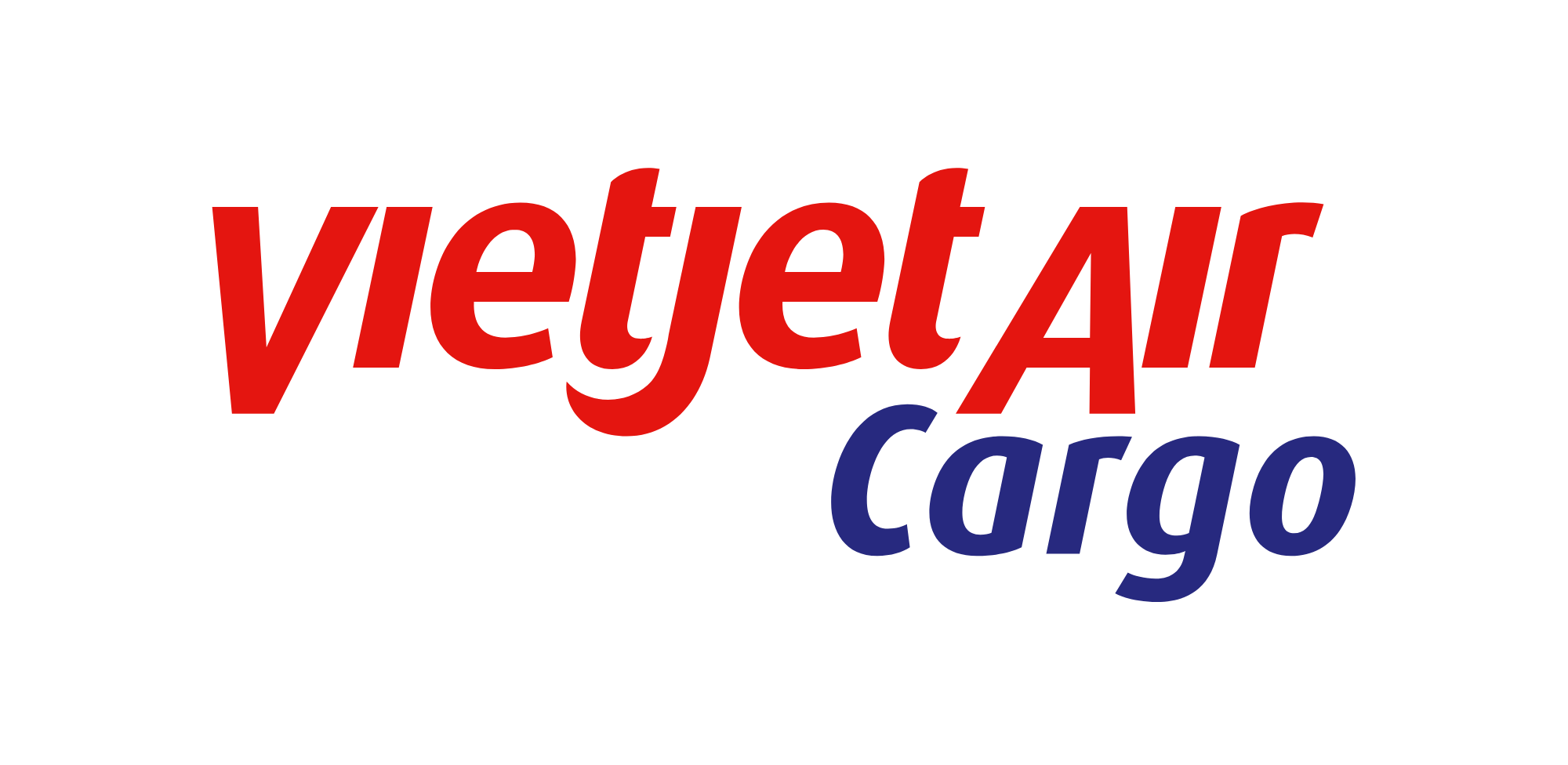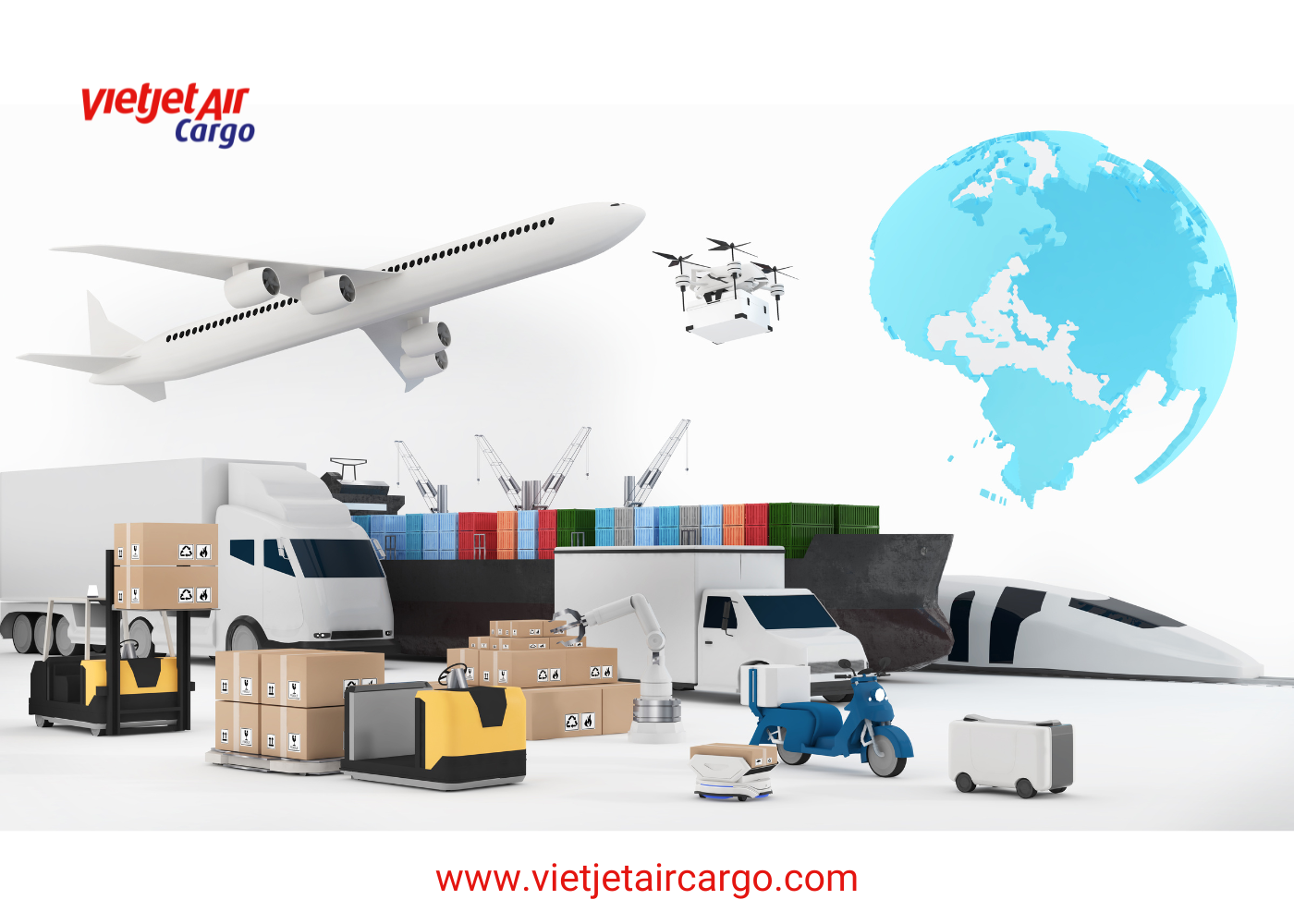If you need to transport goods from point A to point Z by air freight, calculating transportation charges is very important. In this article, Vietjet Air Cargo will share with you a simple and understandable method for calculating air freight charges. They will also provide information on popular air freight charges and how to calculate the volumetric weight of the courier company.
What are air freight charges?
Air freight charges are the costs you must pay for transporting goods by air from the point of origin to the destination. This cost will include fees from the airline and other additional fees.
The price of air freight charges is usually not fixed but changes constantly depending on the type of goods sent, the route, the transport time, the distance, and the policies of each unit.

Basis for calculating air freight charges
Goods can be calculated by volume, light weight, and large weight calculated by volume. For high-value shipments, the transportation fee will be based on the value of the unit weight or the weight of the shipment. However, the transportation charge cannot be lower than the minimum charge.
Air freight charges are regulated by the Harmonized Tariff Schedule. The International Air Transport Association (IATA) has regulations on pricing and publishing airfare, known as the Air Cargo Tariff (TACT).
Referencing some types of air freight charges
Airlines use different air freight charges to calculate the cost of transporting goods. Each type of charge has a different calculation method and applies to different types of goods. These charges include:
General Cargo Rate (GCR)
This is the rate for transporting ordinary goods between two airports without any special fees. This fee varies depending on the weight of the cargo. This fee will decrease if the weight of the cargo increases. There are two types of loose shipments:
For general cargo from 45kg and below, the General Cargo Rate (GCR-N) will be applied.
For shipments from 45 kg and above, the GCR-Q: Premium General Cargo rate will be applied.
Minimum rate (M)
The lowest price that an airline can charge for goods. It takes into account fixed costs that the airline must bear during transportation. In reality, transportation fees are usually equal to or higher than the minimum rate.
Class Rate
This is the rate for special goods such as dangerous goods, cold goods, precious goods, etc. The unit price is calculated based on the classification of the goods and the weight of the shipment.
Class Rate
This is a type of fee for special types of goods such as hazardous materials, perishable goods, precious items, etc. The rate is calculated based on the classification of the goods and their weight. Some commonly used items and their rates include: live animals (150% GCR), high-value items, gold, silver, and gemstones (200% GCR), books, newspapers, magazines, and books for the blind (50% GCR), and antiques.
Priority Rate
This rate is applied to shipments that require expedited or priority delivery. The rate depends on the delivery time and the priority of the cargo.
Container Rate
This rate is applied to shipments that are packed in containers. The rate is calculated based on the size and weight of the container.
How to Calculate Air Freight Charges
The formula for calculating air freight charges is simple:
Air Freight Charges = Rate x Chargeable Weight
In there:
Rate: This is the rate calculated based on the type of fee and the distance between the origin and destination points. The rate is usually published on the websites of airlines or through air transport companies.
Chargeable Weight: This is the weight of the goods calculated based on their actual weight or volumetric weight. In cases where the goods have a larger size compared to their actual weight, the chargeable weight is calculated based on the volumetric weight.
How to Calculate Volumetric Weight for Express Delivery Companies
The formula for calculating volumetric weight for express delivery companies is as follows:
Volumetric Weight (V) = Length (L) x Width (W) x Height (H) / 5000
In there:
Length (L): The longest dimension of the shipment.
Width (W): The shortest dimension of the shipment.
Height (H): The height of the shipment.
5000: The constant used to convert volumetric weight to kg.
These are the ways to calculate air freight charges for customers who want to learn about air freight services. If you need to transport goods by air and want to learn more about Vietjet Air Cargo’s air transport services, please contact us today for advice and support. You can visit our website at https://www.vietjetaircargo.com or contact us via phone at (+84) 19001886 or email cargo@vietjetair.com for assistance.





